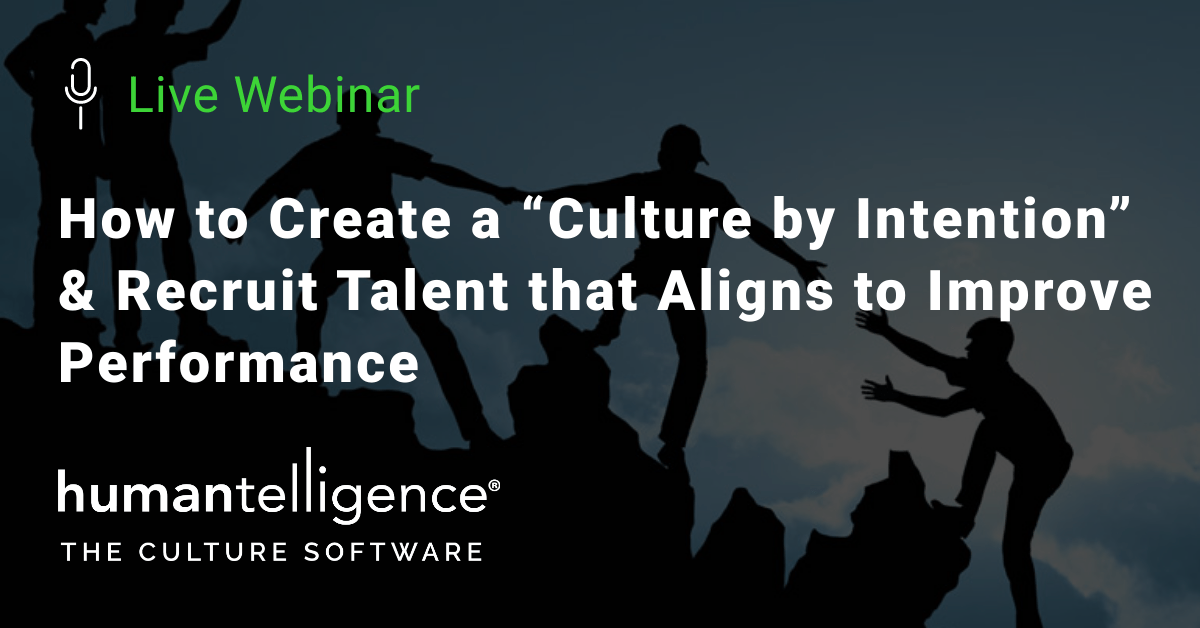As you can imagine, you have to create a culture by intention to support the type of company you are, the stage in which your company is in, and/or the goals you are trying to achieve as an organization. Are you a start-up or a F500 company that’s been around for decades? Is your goal financially driven EBITDA targets, or product-innovation driven? Are your employees in a single location or dispersed around the world, in a remote fashion? Or, is having a culture of diversity of thought a strategic priority for your organization?
These questions, among many others, are all factors that make every organization different in their culture – and even different within the same organization across different functions and locations. That is why just because a person was a high performer at Coca-Cola doesn’t mean they would thrive in the same role at Pepsi. Why? Because these two company cultures are very different – even for the same role.
In the recent landmark research study on corporate values in the MITSloan Management Review by Professor Don Sull (7/21/20), he proved with data that “there is no correlation between official values and actual corporate culture as perceived by employees”. In fact, correlation is often negative, and the highest correlation of the top 10 values cited by companies, is extremely weak, if any.
So, while a large company like Coca-Cola might have an overarching enterprise-wide goal for aligning cultural “values” with strategy, they need to also understand the two other key elements of culture – behaviors and work styles, at every level of the organization, like building blocks down to each team and individual, and which can differ greatly across the company dramatically. Once measured accurately, a diagnostic-level of understanding can occur about organizational values and about the different behaviors and work styles that impact culture by function, division, group, team, or territory. (Hint: And, no, it is not achieved through engagement surveys) It is with this comprehensive view on behaviors, motivators, and work styles that you can proceed to intentionally transform the culture, create a target culture, and find diverse talent that will contribute and thrive in that culture, based on those benchmarks.
Whether you are in talent acquisition within an organization or are conducting key hire searches for your clients, using benchmarks based on a target culture based on not only values, but behaviors and work styles will lead to successful hires that fit in better, and lead to higher performance.

